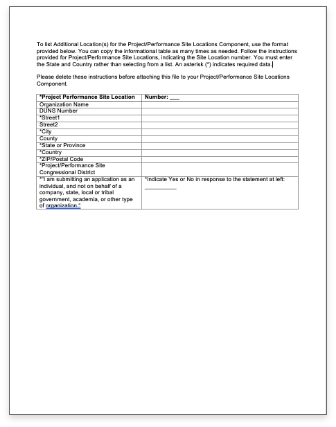Research Performance Progress Report (RPPR) - Annual, Interim, and Final
The RPPR is used by recipients to submit progress reports to NIH on their grant awards. There are three types of RPPRs
- Annual RPPR - Use to describe a grant’s scientific progress, identify significant changes, report on personnel, and describe plans for the subsequent budget period or year.
- Interim RPPR – Use when submitting a renewal (Type 2) application. If the Type 2 is not funded, the Interim RPPR will serve as the Final RPPR for the project. If the Type 2 is funded, the Interim RPPR will serve as the annual RPPR for the final year of the previous competitive segment. The data elements collected on the Interim RPPR are the same as for the Final RPPR, including project outcomes.
- Final RPPR - Use as part of the grant closeout process to submit project outcomes in addition to the information submitted on the annual RPPR. A final progress report is required for any grant that has passed its project end date and will not be extended through award of a new competitive segment.
There is no RPPR form available for download. Submit RPPR data through the eRA Commons. The links for each type of RPPR are accessed through the Commons Status tab. The Interim RPPR link will also be accessed through the Commons Status tab. It will appear one day after the project segment end date, but before it has moved to closeout. The Final RPPR link will become available through the closeout module once the grant is eligible for closeout.





